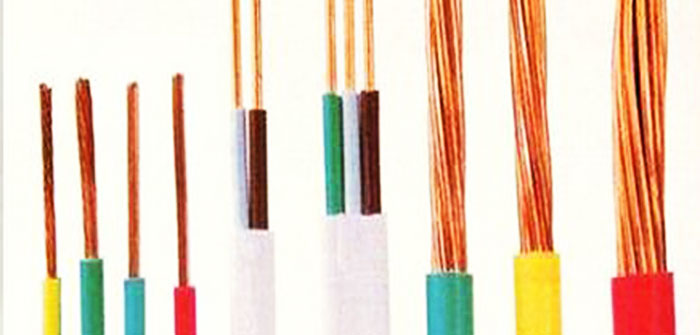Phone/Whatsapp: +86 19903886476
Email:zyunfei87@gmail.com
Different Countries’ Standards for Wire and Cable
Wire and Cable is important in our daily life. When they are no longer for use, wire recycling is also necessary and profitable.In different countries, the specification and marking of copper wire varies a lot. Do you know them? Let’s find them together.

I. American Power Line
It refers to the wires which has got America’s national security certification and is usually marked with”UL” or”CSA”.
copper wire
Most circuits in the modern North American home and light commercial construction are wired with non-metallic sheathed (NM) cable designated type.This type of cable is the least expensive for a given size and is appropriate for dry indoor applications. Conductor insulation of NM cable is color-coded for identification, typically one black, one white, and a bare grounding conductor. Several other types of wiring systems are used for building wiring in the United States: these include corrugated metal armored cable, mineral-insulated cable, other types of power cable, and various types of electrical conduit.
II. European Gauge Wire
It refers to wires with European certification. The EU has a separate system for identifying wire and cable, identified by the HAR mark. The HAR Mark is one of the earliest common marks in the EU, originating from an agreement signed in 1974. Wire and cable products bearing the HAR mark are accepted by all of the signatory states to he HAR agreement.
The HAR mark is not legally required, but using products bearing the HAR Mark may make a manufacturer’s life a bit easier when dealing with authorities. HAR indicates acceptance by: Austria, Belgium, Denmark, Federal Republic of Germany, Finland, France, Greece, Ireland, Italy, Netherlands, Norway, Portugal, Spain, Sweden, Switzerland and United Kingdom.
III. Korean, Brazilian, British and Chinese Power Wire
For these four countries, the conductor specification, core line color, insulation material and marking way is same with VDE products. The only difference is the marking content.
Ever since the first electro-technical standard VDE 0100 was passed on November 23, 1895 at the Wartburg Castle in Eisenach, Germany, VDE standards have been an inseparable part of the development of key technologies in electrical engineering, information technology and consumer protection.
The VDE Testing and Certification Institute tests electrical products and issues the worldwide known and respected VDE certification mark. In turn, the know-how accumulated annually in the roughly 16,000 tests flows back into the VDE's standardization work. The VDE publishing house (VDE Verlag GmbH) publishes and markets the VDE regulatory works and specialist publications on standardization.
IV. Japanese Electrical Wire
The copper wire used in Japan should accord with JIS C wire standards. There are a series of standards for different wire and cable. Take high voltage overhead distribution lines for example. There are three concerned standards: JIS C 3002, JIS C 3005 and JIS C 2110.


